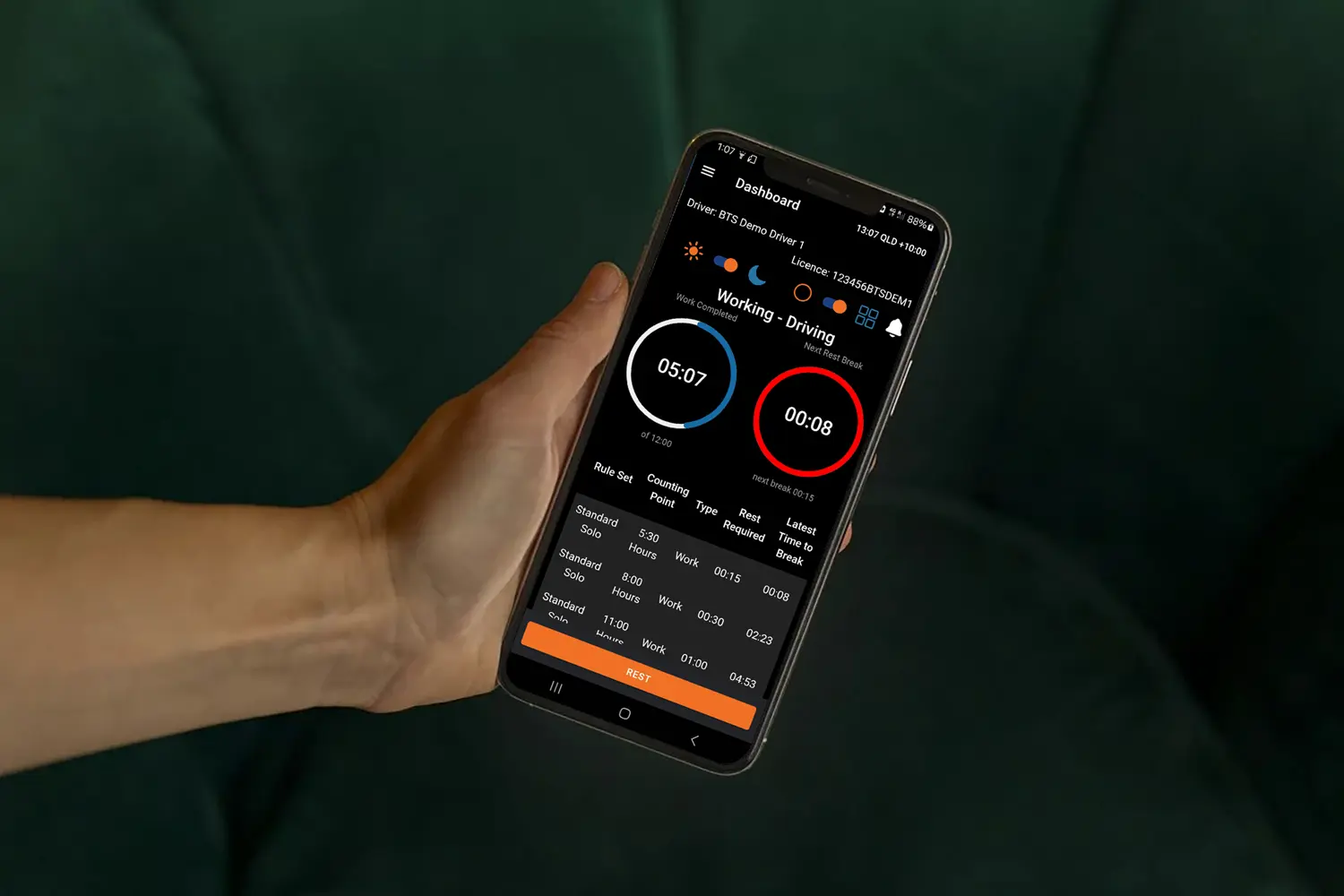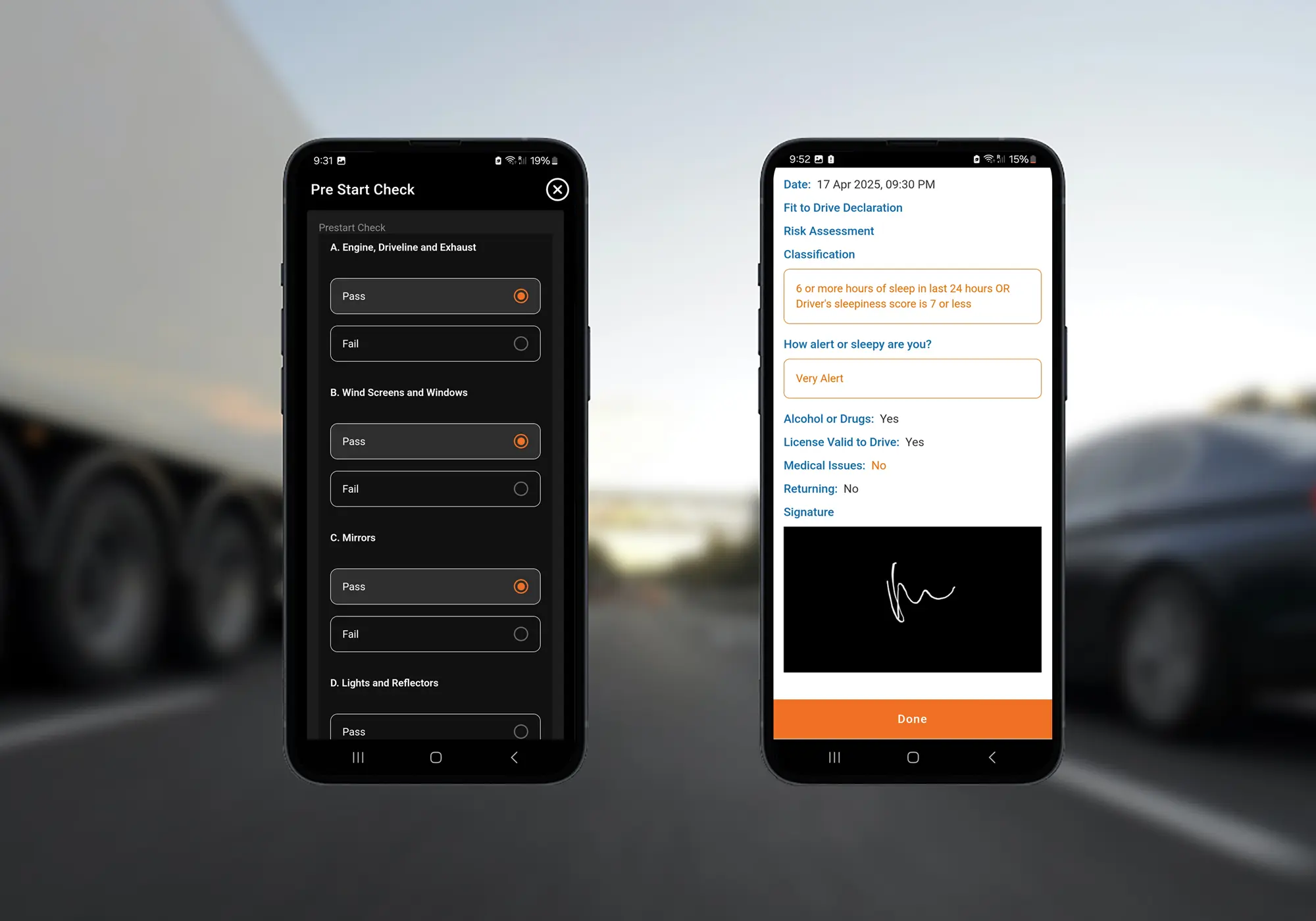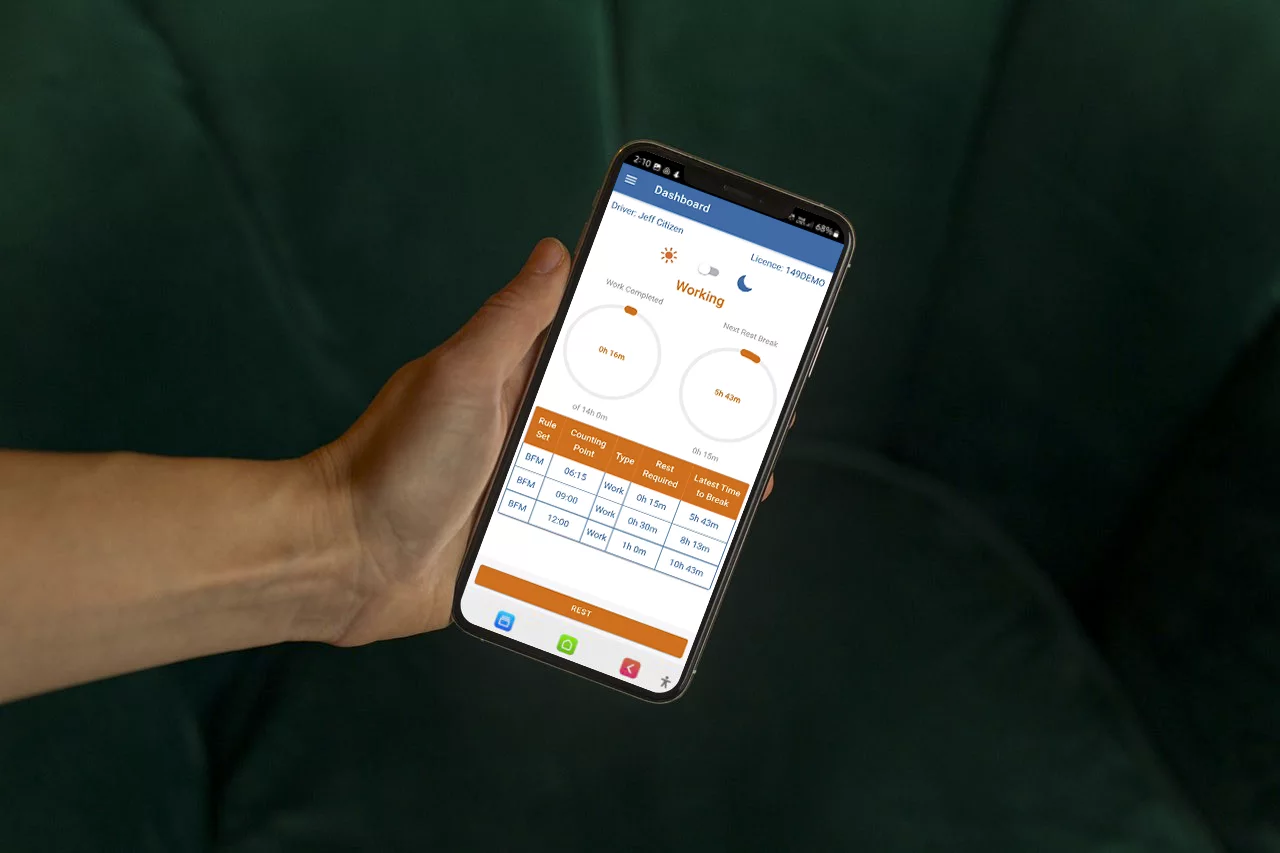Under the Heavy Vehicle National Law (HVNL), drivers are permitted to use either a Written Work Diary (WWD) or an approved Electronic Work Diary (EWD) to record their work and rest hours. However, when a driver temporarily switches from an EWD like Logmaster to paper records, specific protocols must be followed to maintain compliance and ensure accurate record-keeping.
1. Immediate Use of Interim Records
If a driver experiences issues with their EWD or chooses to use paper records temporarily, they should utilize an interim record rather than reverting to the official WWD. This practice prevents the appearance of maintaining two concurrent diaries, which is not permitted. The interim record should capture all necessary details of work and rest periods and must be provided to the record keeper promptly. This information should then be entered into the Logmaster system using the manual entry tool.
2. Manual Entry into Logmaster
Upon receiving the interim record, managers should promptly input the data into Logmaster using the manual entry tool. This ensures the driver’s digital work diary remains complete and up-to-date. While not mandatory, scanning and uploading the interim record into Logmaster as supporting evidence is recommended to enhance record integrity and provide a verifiable audit trail.
3. Encouraging Prompt Resumption of EWD Use
Managers should encourage drivers to resume using the Logmaster EWD as soon as possible. Continuous use of the EWD ensures seamless digital records and reduces the risk of non-compliance.
4. Regulatory Compliance and Record-Keeping
Under the HVNL, record keepers are required to maintain comprehensive records for each driver, including:
– Driver’s name, licence number, and contact details
– Dates fatigue-regulated heavy vehicles were driven
– Registration numbers of vehicles driven
– Total work and rest times for each day and week
– Copies of work diary daily sheets (if applicable)
– Driver’s rosters and trip schedules
– Driver timesheets and pay records
These records must be kept for three years, stored in a readable format, and be accessible to authorised officers.
5. Summary Checklist for Managers
– Ensure drivers use interim records, not the official WWD, during temporary EWD outages.
– Promptly enter interim record data into Logmaster using the manual entry tool.
– Optionally, scan and upload interim records into Logmaster for record-keeping.
– Encourage drivers to resume using the Logmaster EWD promptly.
– Maintain all records in compliance with HVNL requirements.
6. Compliance Assurance with Logmaster
A complete and continuously maintained digital history in Logmaster, including any manual entries made from interim records, meets the record keeper’s obligations under the HVNL. Using Logmaster ensures that all required data is collected, timestamped, and stored securely, supporting accurate fatigue management and compliance during audits or investigations.








